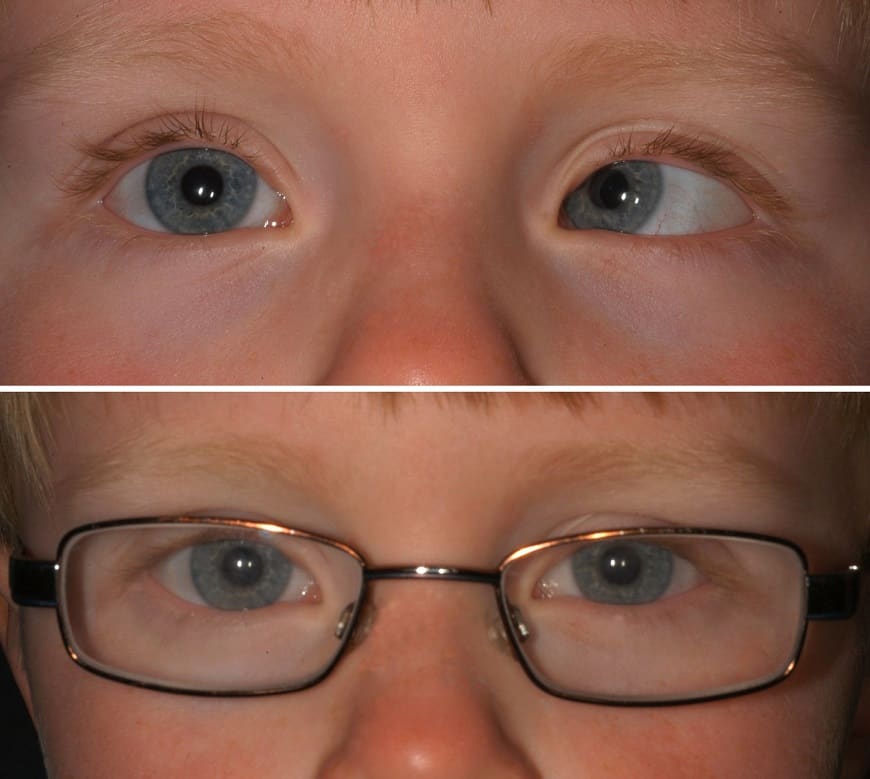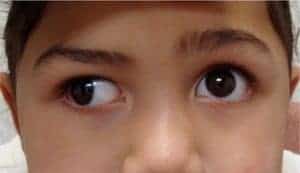Strabismus
The term strabismus is used when both eyes are not aimed at the same spot and either cross in or turn out. This is caused by a malfunction of the muscles responsible for positioning the eyes. It is important to recognize, particularly in childhood, as it is often associated with the development of lazy eye (amblyopia).
This is typically associated with reduced depth perception and cosmetic concern in children and double vision in adults. Both eyes are usually affected, although only one eye may appear to be the crooked one. This condition is more common in families with a history of the disorder.
Treatment of Strabismus
If treated in early childhood, non-surgical options may include corrective eyewear (glasses), eye patches and eye drops. Strabismus that is significant and persistent may require surgery with a goal to align the eyes as close to normal as possible. This is performed under general and sometimes local anaesthesia. As with any surgery, there are risks that will be discussed with you by your surgeon.



